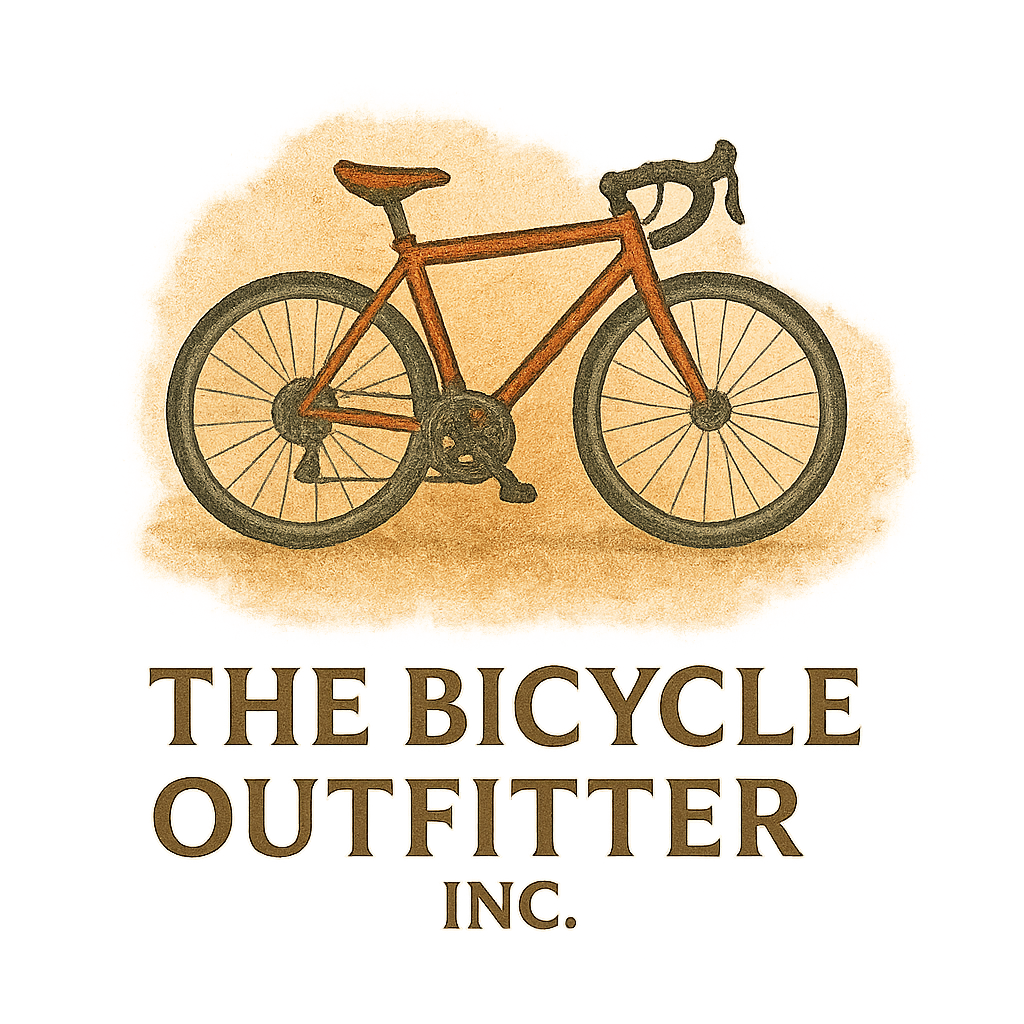Buying a new bicycle can be one of the most rewarding decisions you make—but it’s also not something you should rush. Whether you’re commuting, exercising, or planning long rides on scenic routes, your bike should be a perfect match for you. Let’s break down the top 10 things you need to know before you buy.
Why Buying a Bicycle Is a Big Deal
You’re not just buying two wheels and a chain—you’re investing in your health, happiness, and mobility. A good bike can be a lifelong companion, but the wrong one will just collect dust. So let’s make sure you’re well-prepared.
1. Know Your Riding Style
Road, Mountain, Hybrid—Oh My!
Before even glancing at price tags, think about how you’ll use the bike. Road bikes are built for speed and pavement. Mountain bikes? They’re your go-to for rough, muddy trails. Hybrids blend the best of both worlds—perfect for casual riders or commuters.
👉 Learn more about choosing the right bike in our Bicycle Buying Guides and check out this tag on bicycle buying guide.
Match Bike Type to Terrain
Are you mostly riding through the city, cruising down the beach path, or tackling backcountry hills? Your terrain determines what tires, suspension, and frame style you’ll need.
2. Choose the Right Frame Size
Comfort vs Performance
A bike that doesn’t fit is like shoes two sizes too small. You’ll feel it everywhere. An incorrectly sized frame will mess with your posture, cause pain, and sap your energy.
How to Measure Proper Fit
Stand-over height, reach, and saddle height all play a part. Visit a local bike shop or use our bike fit resources for help.
3. Set a Realistic Budget
Price Ranges and What You Get
You can get a decent beginner bike for $300–$500. Serious riders looking for carbon frames or advanced features can easily spend over $1,000. Balance features with what you’ll actually use.
Don’t Forget Bicycle Accessories
From helmets to hydration packs to lights, accessories matter. Explore essential Bicycle Accessories and our detailed bicycle accessories tag.

4. Consider the Frame Material
Aluminum vs Carbon vs Steel
Each material has pros and cons:
- Aluminum: Affordable and lightweight, but stiff.
- Carbon Fiber: Feather-light and smooth, but pricey.
- Steel: Heavy but ultra-durable and comfy.
Think about your priorities: comfort, weight, durability, or cost.
5. Gearing and Brakes Matter
How Many Gears Do You Really Need?
If you’re biking around town or flat areas, a single-speed may do. Climbing hills? Opt for 18 to 21 speeds.
Rim vs Disc Brakes
Disc brakes provide better stopping power and performance in wet weather. For most beginners, rim brakes are fine—but if safety is top of mind, disc brakes are worth considering.
Check our bicycle safety section for in-depth info and the safe riding tag.
6. Prioritize Bicycle Fit and Comfort
The Saddle Test
Don’t underestimate the saddle. Sit on a few and choose what feels right. A too-narrow or overly firm saddle can ruin your ride.
Handlebar Height and Grips
Proper bar height and grip design affect your wrist comfort and back posture. Try different positions during a test ride to find your match.
7. Think Long-Term Maintenance
Maintenance Habits to Build Early
Routine maintenance includes checking tire pressure, cleaning your chain, and lubricating moving parts. Don’t worry—it becomes second nature fast.
Where to Learn Bike Care
Visit our bicycle maintenance page or explore the bike care tag for tutorials and tips.
8. Explore Bicycle Buying Guides
Learn Before You Buy
Reading real user reviews and expert guides helps narrow your choices. Our Bicycle Buying Guides section and the cycling advice tag offer trusted insights for beginners and enthusiasts alike.
9. Don’t Skip Bicycle Safety Features
Lights, Helmets, Reflectors—Oh Yes!
Make safety a habit, not an afterthought. Get a good helmet, lights for visibility, and reflectors for nighttime riding. Browse our Bicycle Safety tips and tag on bicycle safety for more.
10. Test Ride Before You Buy
What to Look for on a Test Ride
The best way to choose is to feel it. Try turns, sudden stops, and different surfaces. If it feels natural, you’re on the right track.
Explore more cycling habits at our Cycling Lifestyle hub and the cycling lifestyle tag.
Final Thoughts: Be a Smart Cyclist
Buying a new bicycle isn’t just about walking into a store and picking the shiniest one. It’s about finding the right fit for your life. Think long-term, be informed, and trust your instincts. And don’t forget—half the fun is in the ride itself.
To stay up to date on tips, gear, and bike care, visit The Bicycle Outfitter Online.
FAQs
1. What’s the best type of bicycle for a beginner?
A hybrid bike is typically best—it offers a great balance of comfort, speed, and versatility for new riders.
2. How much should I spend on my first bicycle?
Anywhere from $300–$600 is reasonable for a solid starter bike, but it depends on your needs and accessories.
3. Do I really need to test ride a bicycle?
Absolutely. It’s the best way to feel if the bike suits your body and riding style.
4. How often should I maintain my bicycle?
Check tire pressure and brakes weekly. Clean and lubricate your chain monthly for optimal performance.
5. Are disc brakes worth the extra cost?
Yes—especially if you ride in wet or hilly conditions. They provide better stopping power and control.
6. What’s the most important safety gear I need?
A helmet is a must, followed by front/rear lights and reflective gear if you ride at night.
7. Where can I learn more about bicycle care?
Visit our Bicycle Maintenance section and bike care tag for guides and videos.

Welcome to the The Bicycle Outfitter Inc. We value your questions, suggestions, and feedback.
